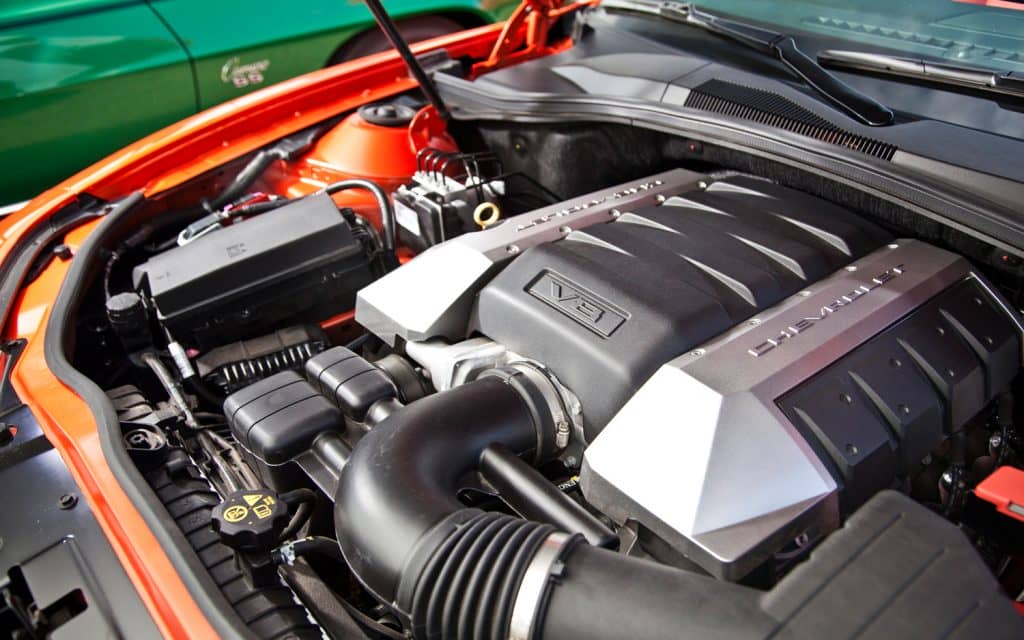Karl Benz invented the first automobile more than a century ago. That 1885 version of a car was quite different from the one that we use today, in technology as well as appearance. Technology has improved over the years to become more sophisticated and complex, and the changes have been more pronounced in the recent years.
The older car engines vary from the modern ones in many ways. However, despite significant improvements, the basic principles of combustion engines remain the same but with improved power and fuel efficiency.
Working Of A Combustion Engine
In an internal combustion engine, a fuel source mixes with air to be inducted into the cylinder. A piston compresses this fuel-air mixture and spark ignites it. The combustion of the fuel pushes a series of pistons to move up and down. A crankshaft then translates the linear motion of the pistons into rotational movement and extends it out to the vehicle’s transmission.
[boombox_gif_video mp4=”http://wonderfulengineering.com/wp-content/uploads/2017/10/59d21d0aa7a3e_Combustion-Engine-working.mp4″ gif=”http://wonderfulengineering.com/wp-content/uploads/2017/10/Combustion-Engine-working.gif” jpg=”http://wonderfulengineering.com/wp-content/uploads/2017/10/59d21d0aa7a3e_Combustion-Engine-working.jpg”]
Here is a video to visualize the process better.
While the basic principles remain the same, these are the major differences you will see between the engine of an older car and a newer one.
1. Improved Fuel Efficiency
While combustion engines get the job done, the older ones are incredibly inefficient. They burn enormous amounts of fuel only to convert about 15% of it to the mechanical energy to move the car. Parasitic losses, heat, and friction consume the rest of the energy.
Modern engines are designed to extract the last bit of energy from fuel and put it to good use. Direct injection technology mixes the fuel and air before it reaches the cylinder to improve efficiency by about 1%. Turbochargers use compressed air from car exhaust that brings the efficiency up by another 8%. Further fuel efficiency is achieved by variable valve timing and cylinder deactivation that allow the engine to extract only as much fuel as it needs.
2. Ultimate Power
If you intend to compare today’s powerful vehicles with those in the past, you do not have to go back to a previous century. Comparing the modern engines to the ones from a couple of decades ago will highlight the significant improvements in power. Modern cars are not only heavier, but they are also more powerful and fuel efficient. As Jeremy Clarkson puts it, “It’s all about MPG than MPH nowadays.”
The 1983 version of the Chevrolet Malibu came with a 3.8-liter V-6 engine that used to churn out 110 horsepower. The 2005 version in comparison had a 2.2-liter inline four-cylinder that made 144 horsepower.
3. Smaller Engines
When technology gets better, it also gets smaller in size. The newer smartphones will disagree, but at least they are thinner. Combustion engines have grown more efficient and powerful but also much smaller in size.
The Ford F-series trucks were one of the best-selling ones in America. The 2011 version of Ford F-150 proves that a smaller engine has identical performance to the larger one. It comes with a 5.0 liter V-8 that makes 360 horsepower and an optional 3.5-liter V-6 that makes 365 horsepower. There are plenty of examples of smaller engines that are far superior to the larger ones in efficiency and power.
4. Smarter Engines
A good reason why engines have grown smaller and more efficient is that many of the mechanical parts have gradually been replaced by electronic ones. These electrical parts are less prone to wear and tear and require less frequent maintenance checkups. Several parts like pumps are now electronically controlled, unlike the older ones. Throttle bodies and electronic fuel injection systems replace carburetors, and ECU controlled ignition coils replace the distributors and caps. There are electronic sensors to monitor pretty much everything inside and out of the engine.
In summary, the modern engines have grown smaller in size as compared to their ancestors while improving wonderfully on fuel efficiency and power. The newer engines are also smarter than the older ones with more analog parts replaced by electronic control and monitoring systems. These engines require less maintenance and are less prone to mechanical failures. On the downside, a simple repair and servicing task requires longer time at the hands of a more skilled professional.
Higher complexity is a cost we are all willing to pay in exchange for the better efficiency.

